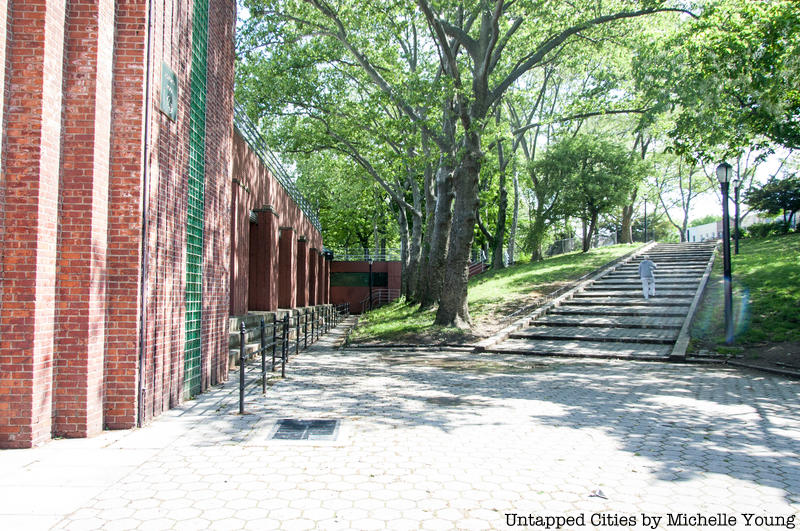
The neighborhood of Astoria is not only considered one of the most diverse neighborhoods in the city, but also one of the most diverse on the planet. The area has been a popular residential community for immigrant workers from all different backgrounds since the mid-19th century. It was predominantly a middle class neighborhood up until the 1990s, when investors began to see potential in the community for small-business owners and commuters looking for a short ride to Manhattan. In an effort to look at some of the most historical features of the neighborhood and how it came to be so rich in culture, here are the top 10 secrets of Astoria, Queens!
1. Astoria was named after the former richest man in America
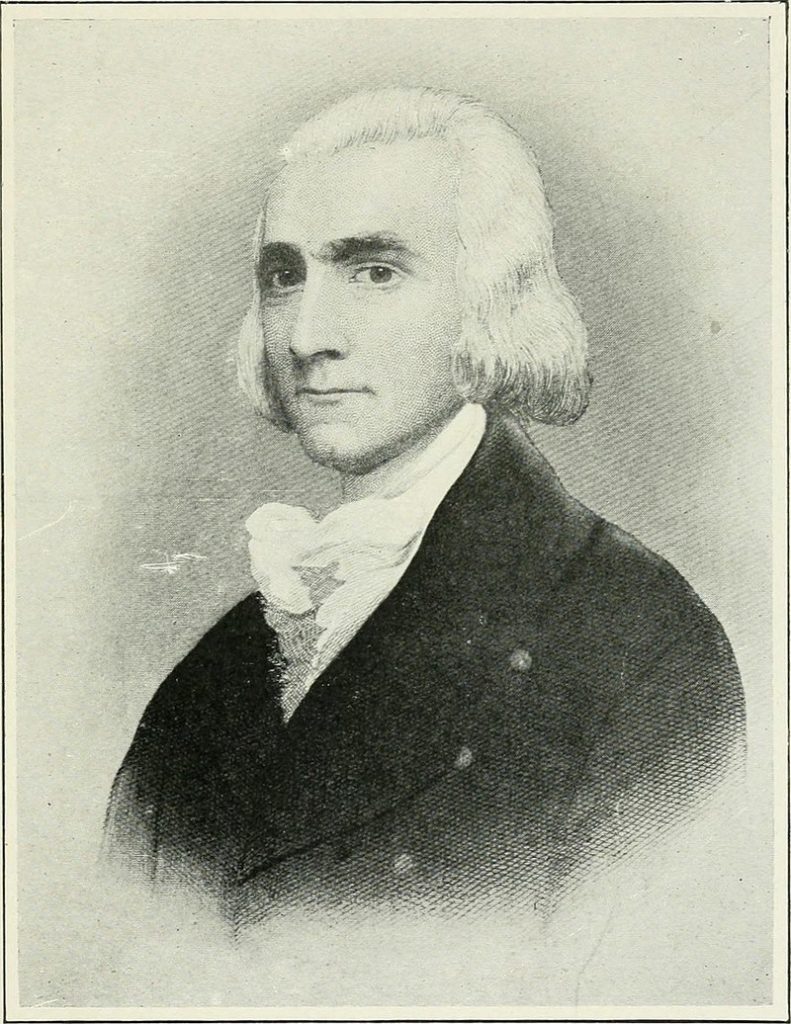
In the earliest period of Dutch settlement in New York, a man named William Hallett lived with his wife Elizabeth on some land along the East River. In 1664, the plot was purchased from two Native American chiefs around the time when the British had taken control of the city. It was a quiet and peaceful location some ways away from the rest of the population down in the Battery and remained that way for almost a century. However, beginning in the 19th century, wealthier New Yorkers began to build homes on what was now called Hallett’s Cove in the northwest portion of Queens.
As the community grew larger, residents were looking to rename the location. With hopes of receiving some sort of investment, they decided to name the neighborhood Astoria after John Jacob Astor, the richest man in America. Despite his $40 million net worth, he only gave about $500 to the residents. Astor’s home was located just across the river from Astoria in Yorkville, but even with such proximity to the neighborhood named in his honor, he never visited. The name stuck even after the underwhelming investment with the support of some family and friends.
2. The world-renowned Steinway & Sons Piano was first crafted here
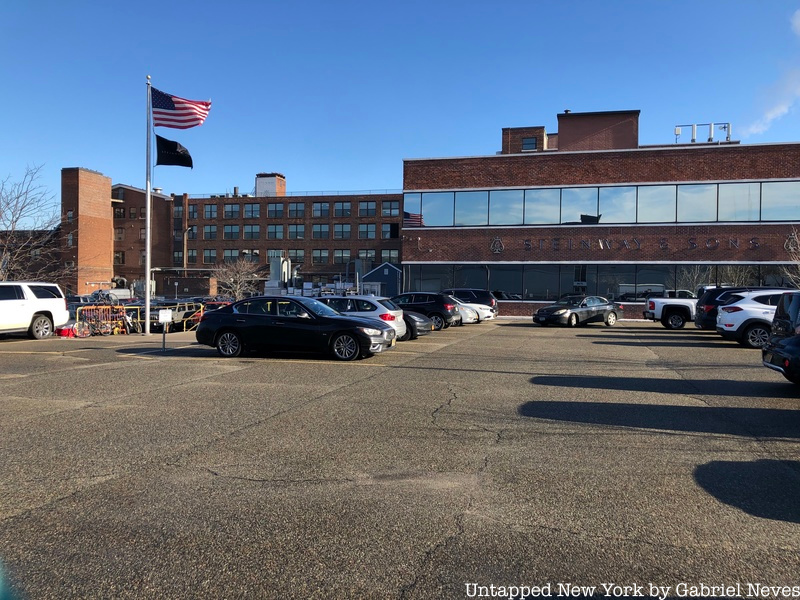
In 1853, Heinrich Engelhard Steinweg established a piano-making company that would go on to be one of the major global producers of the instrument. Steinweg was part of the 19th-century wave of immigrants who came from Germany looking for greater economic opportunities. Germans, most of whom were labor workers and craftsmen, were actually one of the very first European immigrant groups to settle in Astoria. Steinweg had worked on pianos earlier in his life, so when he arrived in New York he decided to open up a factory in Queens close to Bowery Bay. The reason for building the Steinway & Sons factory away from the city was to avoid the possibility of labor organizing and the kind of radical employee activity that many companies were experiencing at that time.
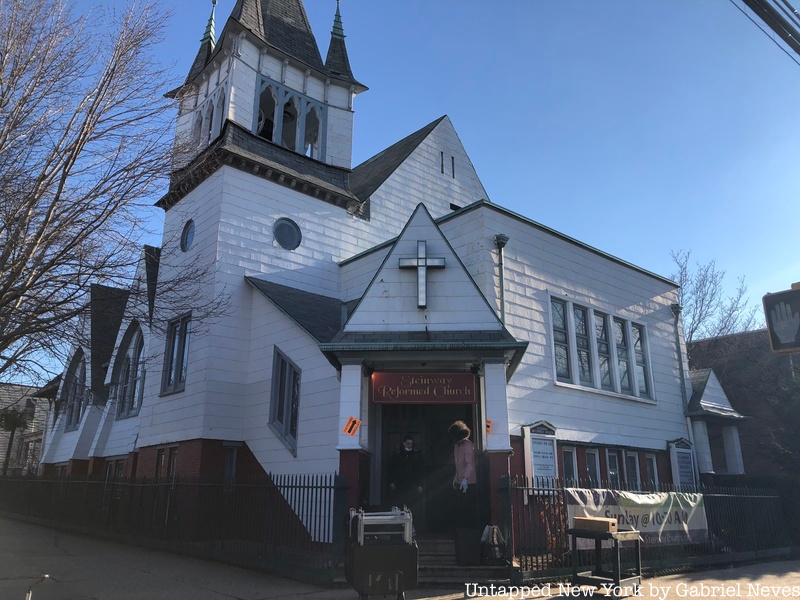
To provide for his workers, Steinweg constructed a small town near the factory called Steinway Village. The small community featured a church, library, residences, a trolley line, and a beach resort nearby. Remnants of the village, such as the Steinway Reformed Church, still exist today. The company continues to produce handmade pianos and has had a dramatic influence on northern Astoria, so much so that the city decided to keep the name of the area as Steinway. It was argued in the past by the Landmarks Preservation Commission that Steinway Village served as one of the most important communities for the development of New York City. Despite the recognition it received, an attempt to officially designate Steinway as a historical district failed.
3. People from over 100 different countries reside in Astoria
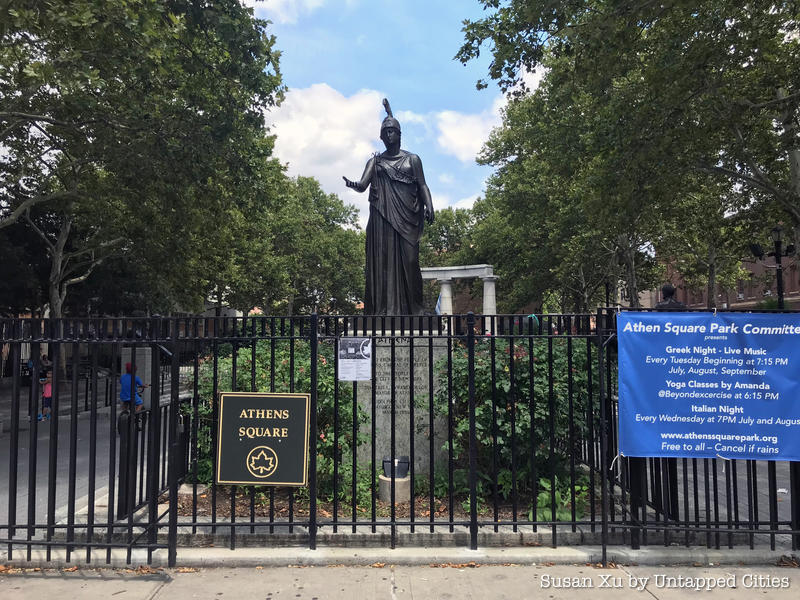
After the earliest influences from the Dutch, British, and Germans, a large number of Irish immigrants settled in Astoria in the 19th and 20th centuries. These were then followed up by a wave of Italian immigrant families who opened up salumerias, bakeries, and pizza shops mostly around the Ditmars portion of the neighborhood. The Jewish population was beginning to increase as well and still has a few historical synagogues standing since the early 1900s.
The influx of immigrants in the 1960s is really what cultivated the melting pot of Astoria today, specifically with the Greeks and Cypriots that moved in. When many residents think of Astoria, they immediately connect it with Greek culture as there are dozens of tavernas, bakeries, restaurants, cafes, and Greek Orthodox churches sprouted up around the neighborhood. Some organizations like HANAC (Hellenic American Action Committee) and the Federation of Hellenic Societies of Greater New York are part of the reason why much of the culture has been so preserved and maintained all these years.
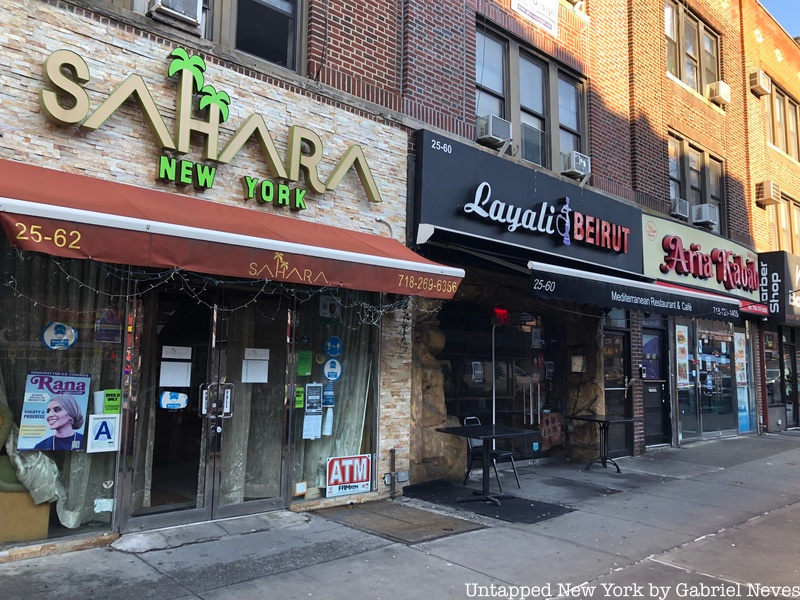
Heading south along Steinway Street past Hoyt Avenue is the section many residents refer to as “Little Egypt.” This part of the neighborhood boasts an incredibly high population of Muslims and Arabs and is popular for all the bars, clubs, and hookah lounges. Further down the street past 30th Avenue and Broadway is where a real mash of ethnicities comes into full display. Brazilians, Croatians, Lebanese, Guyanese, Chinese, and many more are all bunched together into the streets of Astoria, block after block. Despite the decrease in their population since they first arrived, Astoria has a few thousand Maltese immigrants, a large chunk of the Maltese population in the United States.
4. Astoria was a prominent location in early American filmmaking
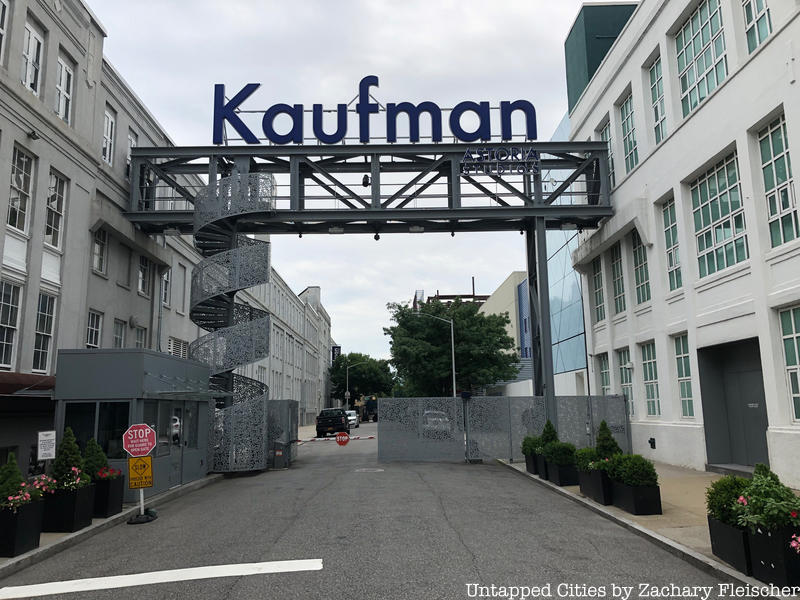
When films were beginning to revolutionize American entertainment in the early 20th century, Astoria played a central role in the industry’s early development. Kaufman Astoria Studios, which still stands as one of the largest film production facilities in the nation east of Hollywood, was the focal point for such development, though it was originally called just Astoria Studios. “Talking films,” or movies with sound, dialogue, and audio production, were first introduced in the 1920s and instantly became popular. Astoria Studios was ahead of the competition in producing these films, which attracted many top actors and actresses like Rudolph Valentino and Gloria Swanson to go work in Astoria.
Film production back then was not as popular on the west coast as it was on the east. But after the United States entered World War II in 1941, the army took over the Kaufman Studio facility and used it to make Army training and indoctrination films. It remained as such up until around 1970, when the Army decided to abandon the facility. George S. Kaufman, whom the facility was named after, purchased it from the city in 1982 and funded a number of upgrades to the size of the studio itself and its production capabilities.
A lot of the old equipment that was used in the studio’s earliest production days was saved and is now on display at the nearby Museum of the Moving Image. Of all the buildings in the neighborhood section owned by Kaufman Studios, one specific building where the museum is located was dedicated to informing New Yorkers about the origins of film and what the earliest production was like. The museum’s exhibits feature plenty of interactive, family-friendly features and historical artifacts like cameras, film tape, and stage equipment.
5. Astoria is home to the oldest beer garden in New York City
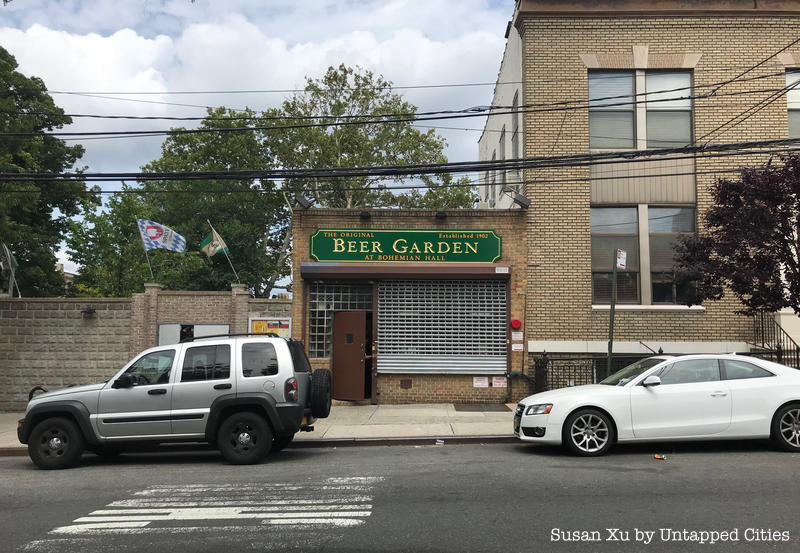
Built in 1910, the Bohemian Beer Garden is located just off Astoria Boulevard and the elevated subway line running over 31st Avenue. It was one of the 800 beer gardens that existed in the city before Prohibition. The location was named after the medieval kingdom of Bohemia by the Czech and Slovak populations that immigrated to the United States from Austria-Hungary in the 1800s. This group of people was adamant about preserving their culture, so the construction of this beer garden was their way to come together.
The garden offers a wide selection of beers, is a great space to socialize with a large courtyard and seating area, and is kid-friendly. Traditional Czech foods, such as pierogies, schnitzel, and smazak, are served at the bar and establish a strong European vibe. Oktoberfest celebrations at the Bohemian garden are popular for nearby residents as well.
6. Xerography was created in Astoria
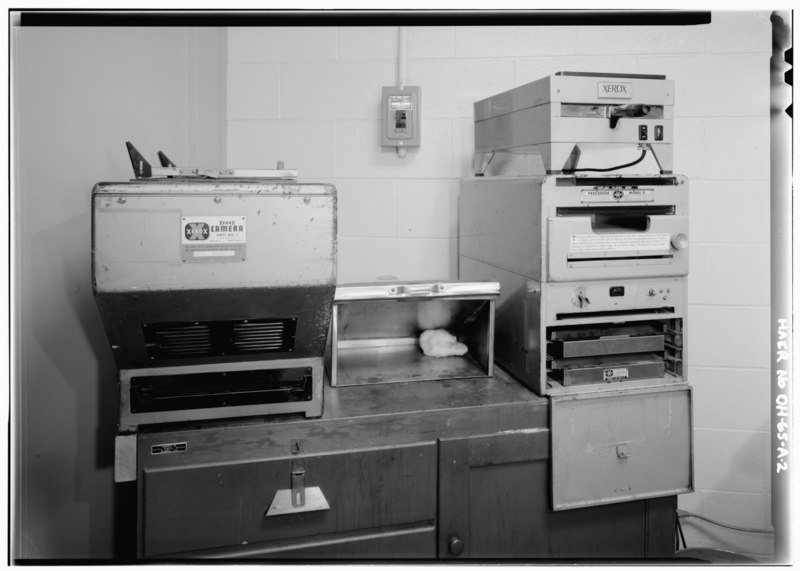
American physicist Chester Carlson was the first to patent a dry photocopying technique that gave birth to what we know today as the Xerox. Traditional methods stretch back centuries to when printing presses were developed, but xerography allowed for the production of photocopy machines, laser printers, and digital presses, The inventor worked on this project for a number of years at his home on 37th Street and 32nd Avenue, even struggling to sell his product a few years after it was patented.
Apart from copying and printing, xerography has been used significantly in the art and animation industries. Photographers looking to publish large albums of their work utilized the xerox to simplify the mass-production of their books. Animators in the film industry incorporated xerography into practice for the first time in 1961 after depending on hand-inking for years before then.
7. Socrates Sculpture Park was built over a buried sewage creek
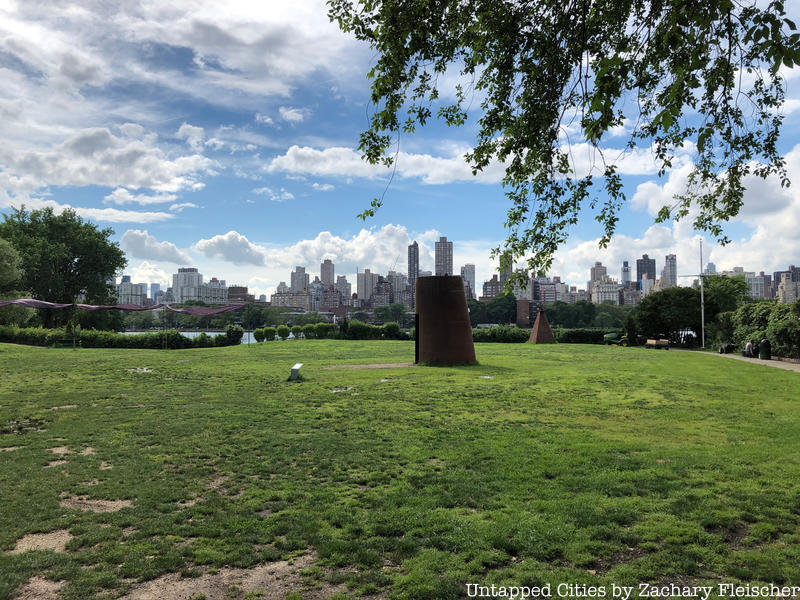
This park has been a popular spot for Astoria residents looking to spend time some time with family or to get some fresh air. It is the largest outdoor space in New York City dedicated specifically to sculptures and is an important part of the community culture in Astoria. Socrates Sculpture Park was created in 1986 by sculptor Mark di Suvero with the help of other artists and neighborhood youth. What most visitors aren’t aware of is that the park sits atop a buried creek that served as a drainage outfall for most of the 20th century.
Sunswick Creek originally ran from what is now Queens Plaza out into the East River through Astoria. Industrialization in the borough forced a severe amount of pollution into the creek in the 1860s and ’70s. It was later integrated into the neighborhood sewage system, but concerns began to arise over the stagnant water at the mouth of the creek. Mosquitoes were infesting the area and the spread of disease was quickly becoming a major issue. After the city tinkered with the outfall for a number of years, it was decided that the land was to be filled over and set up as vacant property for luxury housing developments. The creek still remains underground, and some even say that on rainy days flowing water can be heard underneath the pavement
8. Hundreds of ships sank in the strait alongside Astoria Park
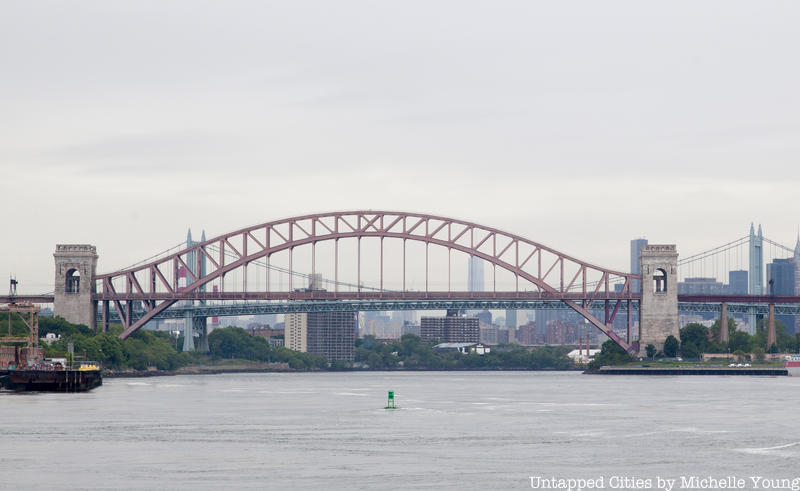
Hell Gate, which is now spanned by the Hell Gate Bridge, got its name for a reason. The strait that flows north from the East River into the Long Island Sound has historically been a dangerous passageway for ships due to the violent whirlpools, strong currents, and surface rocks. The speed at which the water flowed, combined with all the natural obstacles on the Astoria shore and the coastline of Randall’s Island, made the waters treacherous to navigate. By the start of the 1800s, hundreds of ships had sunk in the strait.
In 1851, the U.S. Army organized a demolition project that would help reduce the risk of sailing up the strait. Rocks and ledges along both sides of the strait were destroyed for several decades until the current strength and whirlpool frequency were reduced. Hell Gate is now considered safe to navigate for small vessels, tug boats, and barges thanks to the project. However, the flow of the river’s current is still clearly irregular because of all the debris that has been underwater.
9. The General Slocum disaster took place in Hell Gate
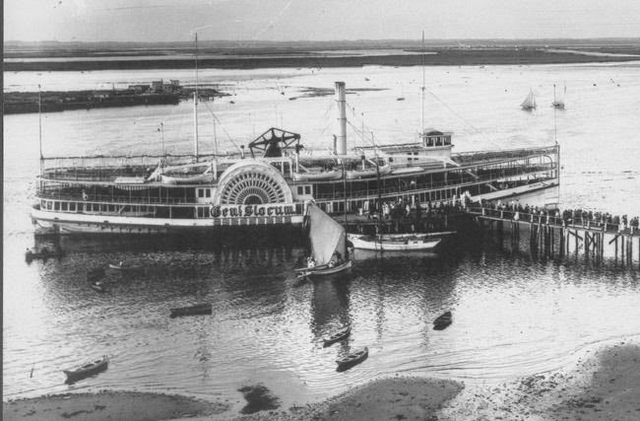
On the topic of sunken ships, the most significant of wrecks that took place in Hell Gate happened in 1904 to the PS General Slocum steamboat. The side-wheel boat was carrying upwards of 1,300 members from the St. Mark’s Evangelical Lutheran Church in Manhattan when smoke began to billow from the forward cabin of the ship. The fire spread quickly and caught an unprepared crew off-guard, as that they were never instructed on how to deal with fire-related emergencies on the ship. This terrible tragedy led 1,021 people to their deaths, leaving it as the worst disaster in terms of loss of life in New York City up until the September 11th attacks in 2001.
The fire apparently started with a cigarette or match in the Lamp Room of the vessel. Most of the passengers on the main deck of the ship were aware that a fire had started, but Captain Van Schaik was only notified of the situation 10 minutes after the blaze originally started. The captain refused to bring the ship to shore, apparently to prevent the fire from spreading. Life-saving equipment on the ship, like the life preservers, were painted over or tied in a manner that made them virtually inaccessible. The fact that many of the passengers on board could not swim only made the situation worse. The ship sank just off North Brother Island.
10. Two fountains in Astoria Park served as Olympic torches
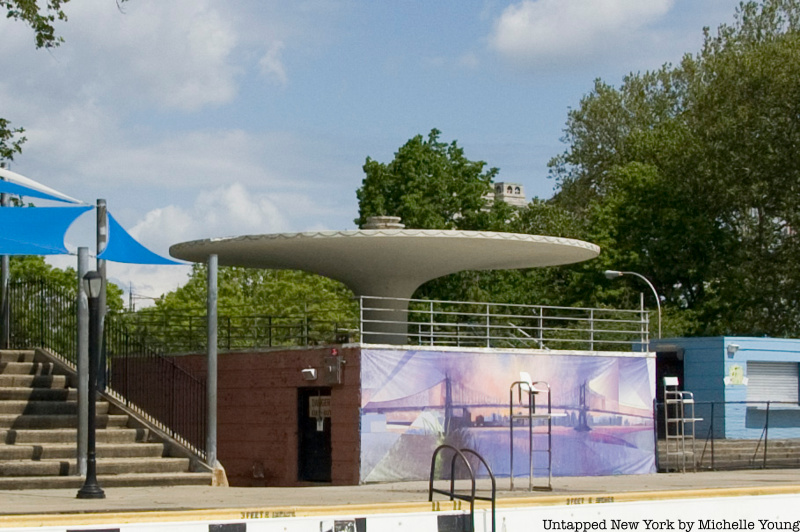
Astoria Park Pool has had a long history since its opening in 1936. In that same year and 30 years after, the Olympic-sized pool was used to host some qualifying events for the U.S. Swimming and Diving teams for the 1936 and 1968 Summer Olympics. Atop two table-like structures sat the Olympic torches on both occasions, which have since been converted to seating areas for swimmers looking to eat the food served at the fast-food restaurant pool-side.
Next, read our secrets guides on the neighborhoods of Long Island City and Sunset Park!





